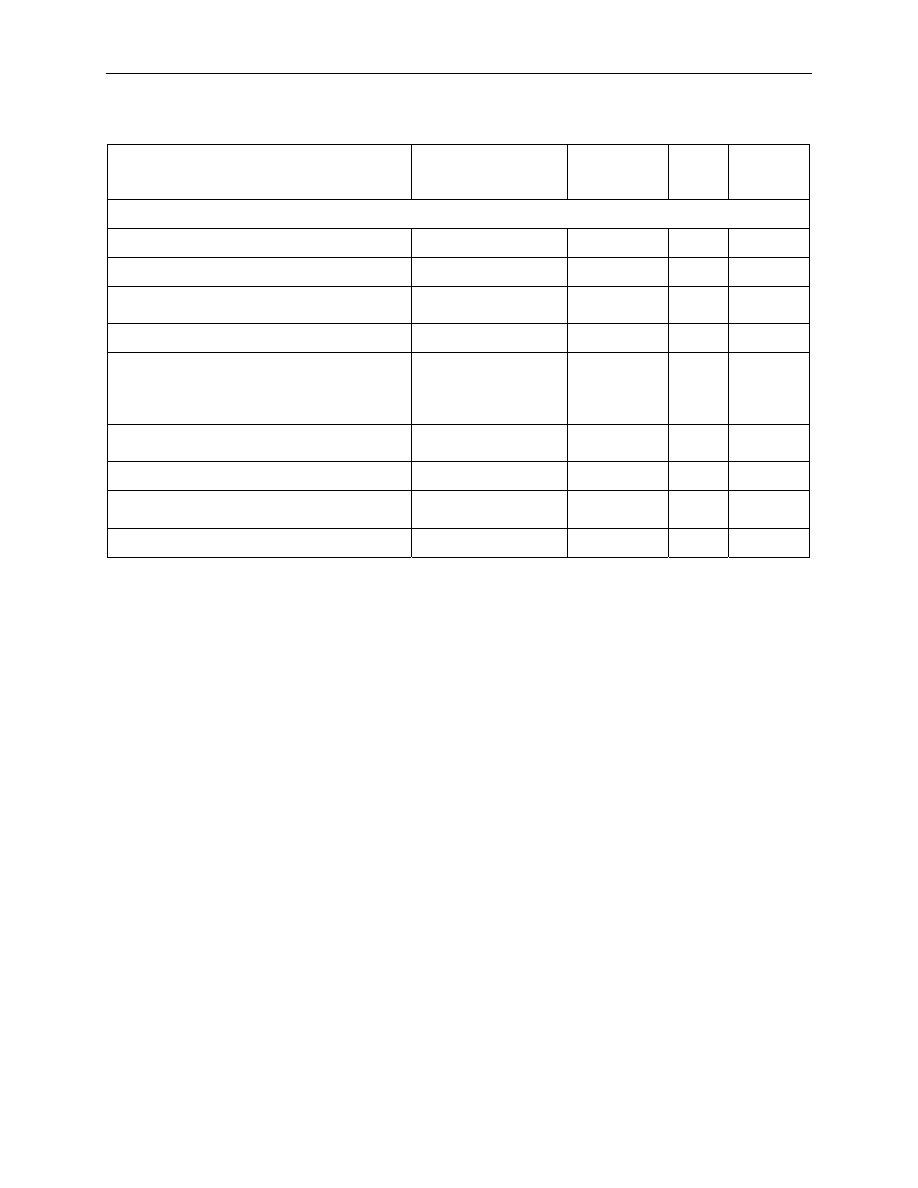TM 10-8400-203-23&P. Manual - part 19

TM
10-8400-203-23&P
0021
BASIC TROUSER REPAIR – CONTINUED
Table 1. BASIC Sewing Requirements.
COMPONENT
RECOMMENDED
SEWING MACHINE
(CODE SYMBOL)
STITCHES
PER INCH
TYPE
THREAD
SIZE
BALLISTIC TROUSERS
General
Medium Duty
8 to 10
301
E
Bar Tack
Bar Tack
28
301
E
Overedge
Medium Duty
6 to 8
502
503
E
Hook and loop fastener tape
Medium Duty
9 to 11
301
E
Overedge ballistic insert
Medium Duty
6 to 8
502
503
504
505
E/F
Sewing ballistic inserts into the shell
components
Medium Duty
6 to 8
301
F
Sewing inner or outer shell
Medium Duty
9 to 11
301
E
Assemble wide and narrow upper leg
and lower leg strap
Medium Duty
9 to 11
301
E
Assemble shoulder pad
Medium Duty
9 to 11
301
E
Outer Shell Replacement
The outer shell, including the hook and loop fastener tape, may be replaced it is badly tom, worn or
damaged.
1. If the protective trousers exhibit holes or tears, seam openings or frayed areas larger than 3 inches,
or the hook and loop fasteners are inoperative, replace the entire shell section by removing the
ballistic inserts.
2. Cut material for new outer shell to dimensions specified in Table 2.
3. Sew as specified in Table 1.
4. If the outer shell is to be removed and replaced, it is important that the label containing the size,
National Stock Number, and cleaning instructions be retained and stitched to the new shell.
5. Check the ballistic insert size markings for legibility and remark if necessary.
6. If the label is illegible, replace it with a new one.